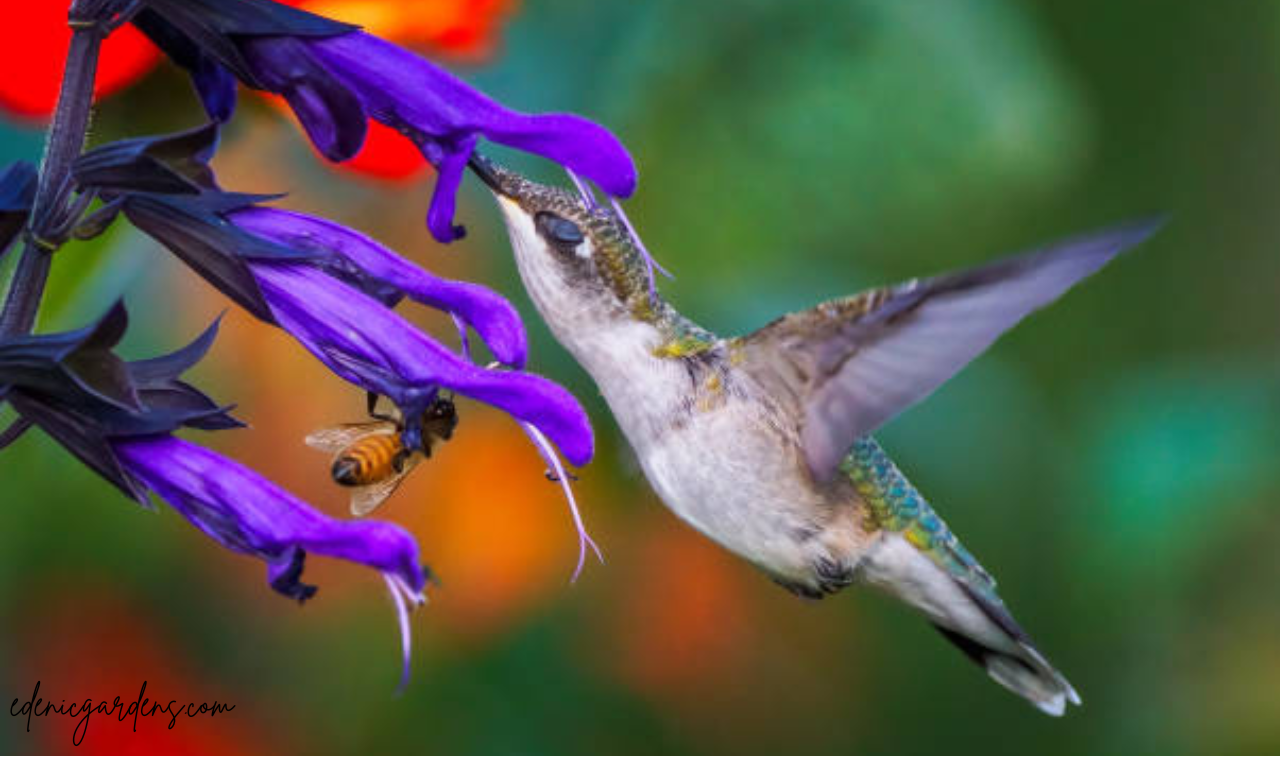Creating a pollinator garden that supports butterflies and bees is a rewarding project that contributes to biodiversity and helps in these crucial species. Here’s a step-by-step guide to creating a beautiful and effective pollinator garden.
9 Best effective Guide – My Recomendation
In this article we provide a 9 guide to make a garden mor efficient and good and excellent.
These are 9 guide follow this:
1. Select the Best Location:
- Sunlight: Most pollinators prefer sunny locations. Choose a spot that gets at direct sunlight each day or a 6 hour in a Day
- Shelter: Ensure the garden is t protected from strong winds, which can make it difficult for butterflies and bees
- to helm and Feed.
2. Know About Your Local Climate and Soil
- Climate: Choose plants that are local in your region as they are better survive in local climate conditions and they are more attractive for pollinator.

Soil: Check your soil and understand its pH and nutrient levels. Correct the soil with compost if necessary to provide a fertile growing environment for your plants
3. Design Your Garden- like Pollinator Garden
- Layout: Plan for a types of plants that bloom at different times of the year to provide a continuous food source. Group the same type of plants together in clusters rather than spreading them out. This makes it easier for pollinators to stay them.
- Layers: Incorporate plants of varying heights to create a visually appealing layout and to offer different types of habitats and paturing opportunities.
4. Select the Right Plants- My experience
- Diversity: select a mix of local flowering plants, shrubs, and trees. Include a variety of colors and shapes, as different pollinators are attracted with different types.
- Bloom Time: Ensure a sequence of blooms from early spring to fall season. This provides a continuous pollen source.
- Nectar and Pollen-Rich Plants: Some excellent choices for butterflies and bees include:
- Bees: Lavender, sunflowers, marigolds, cosmos, borage, and rosemary.
- Butterflies: Milkweed (for monarchs), butterfly bush, coneflower, zinnias, and lantana.
5. Provide Water Sources- Important Part
- Water Features: Install a shallow water source like a birdbath or a dish filled with water and stones to provide a drinking spot or Set a Drip System for Water.
6. Provide Shelter and Nesting Sites
- Bees: Consider installing bee hotels for solitary bees. Leave some patches of bare ground for ground-nesting bees.
- Butterflies: Plant shrubs or install small structures that provide shelter from the wind and places to roots.
7. Avoid Pesticides-Important Role
- Pesticide-Free Zone: Never using chemical pesticides because these chemicals can be harmful for pollinators.
- Natural Alternatives: If pest control is needed, use natural alternatives and pest management practices.
8. Maintain Your Garden- My recommendation
- Monitor: Regularly check the health of your plants and watch for any disease
- Watering: Water the garden during dry spells, in the early morning for a low evaporation.
- Weeding: Keep weeds under control by manual removal or mulching.
9. Educate and Engage
- Signage: Add educational signs to inform visitors about the importance of pollinators and the plants you’ve chosen for your garden.
- Community: Engage neighbors and community members by sharing tips and possibly providing some starter plants.
FAQ’S
- What makes butterflies good pollinators?
Butterflies have a four wings which are coloured and pattrened. Butterflies Wings are covered with a tiny scale. Thats tiny scale wings help to butterfly make good pollinator
- How to pollinate a garden?
Some of the plants are self polinating brush inside each flower, making sure the pollen gets down into the pistil (middle part) of the flower.
- What makes a good pollinator?
Pollinator use their eyes and a smell factor to locates the Flower. The wings and legs hello to mova pollinator from one flower to anoyther flower
- What are attractive to pollinators?
sunflowers, zinnias, marigolds and cosmos in or near the vegetable garden
- What flowers are best for pollinators?
Alyssum, asters, borage, calendula, coneflowers, foxglove, hyssop, marigold, milkweed, monarda (bee balm), nasturtium, scabiosa, sedums, sunflowers, yarrow, and zinnia
Conclusion:
In this article we provide a guide for pollinator garden we provide a 9 tips of guide with my recommendation. To setup a pollinator garden we follow there steps firstly we locate a good location for a garden where the sunshine shine is available and choose the local plants with respect to climate of the city & and make a birdbath in the garden and watered them daily early in th morning

